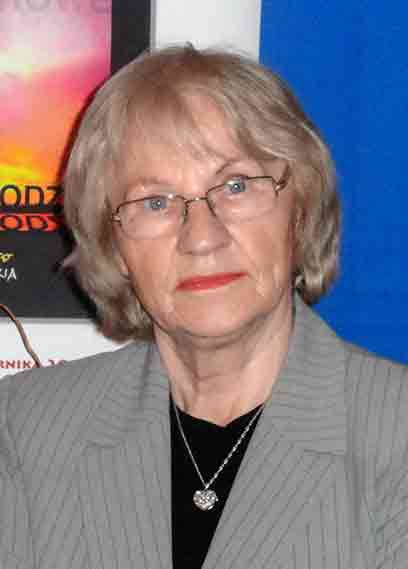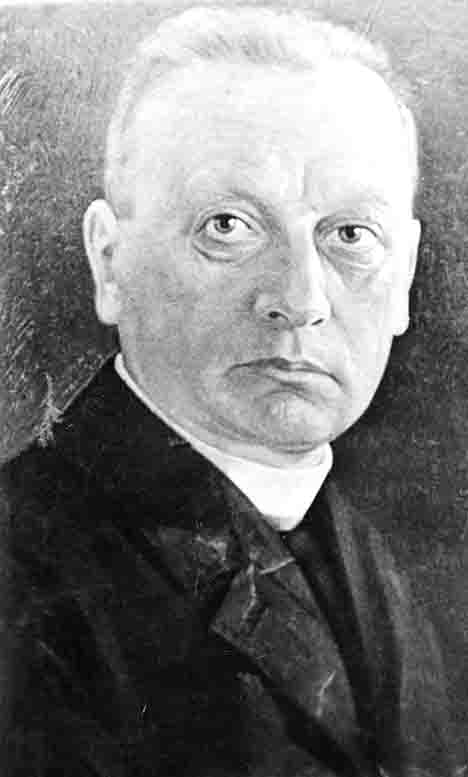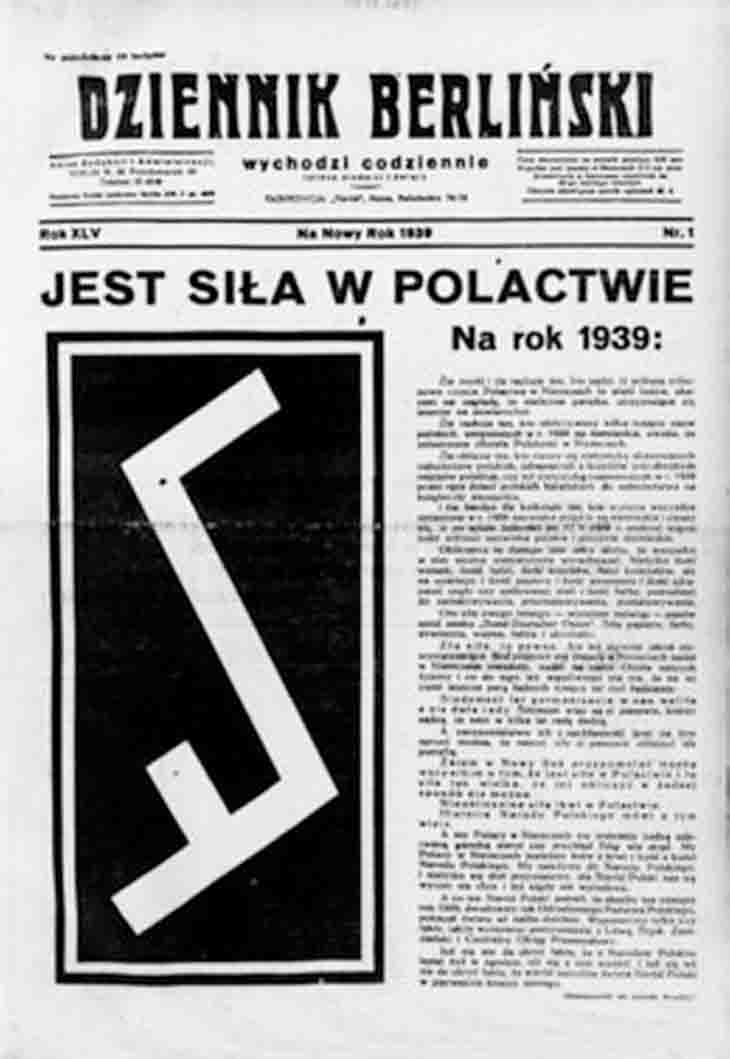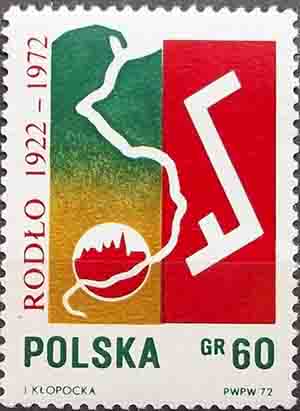Great contributions to the defense of Polishness in historically Polish territories, which after regaining independence did not become part of the Second Polish Republic, should be associated with Stanisław Sierakowski. Both he and his wife Helena connected their fates with the Borderlands, Warmia and Mazury, with political, educational and social activities in favor of Poland. Today, it is worth recalling the figures of these wonderful people, who are a bit unjustly forgotten.
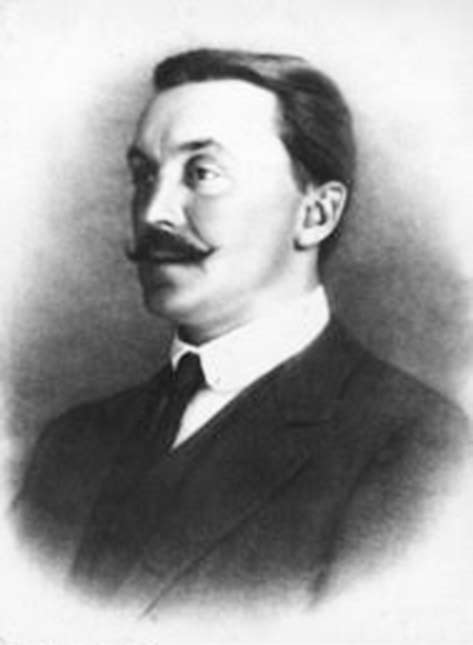
Count Stanisław Sierakowski (1881-1939) (Źródło: Wikipedia)
Count Stanisław Sierakowski, son of Adam Sierakowski, hailed from a wealthy, patriotic, landowning family that produced many outstanding individuals, meritorious for Polish culture (Kajetan was a member of the Four-Year Sejm, Sebastian – the rector of the Krakow Academy, Antoni – a musician and friend of F. Chopin). He was born on March 9, 1881 in Poznań. He was the heir to the Waplewo Wielkie estate in Powiśle (today in the Sztum poviat). Later, after the death of his brother John (1920), he inherited the second family estate in Osiek in the Dobrzyń Land, in Rypin County. From an early age he was involved in patriotic activities. As a junior high school student in Chełmno, he was punished with a week-long stay in a Prussian prison for participating in the Pomeranian Philomats' circle. He continued his studies at universities in Brussels and Berlin.
In 1919, he did not take advantage of the opportunity of moving to Poland, as part of the resettlement of national minorities established by the Treaty of Versailles. After 1918, he became very involved in the plebiscite in Warmia and Mazury. Waplewo was located in the East Prussian province. Poland demanded the return of the province of Powiśle into the borders of the reborn Second Polish Republic, while the Germans wanted to keep Powiśle within Prussia. The matter was to be settled by a plebiscite. Stanisław Sierakowski was appointed by the Polish government the consul general of the Inter-Allied Commission and headed the preparations for the plebiscite. At that time, eminent representatives of Polish culture, who were also moral authorities for Poles, came to Waplewo to support the plebiscite — poet Jan Kasprowicz, outstanding writer Stefan Zeromski, Polish art historian, professor at the University of Lviv, Władysław Kozicki, composer Feliks Nowosiejski... For their involvement in the plebiscite campaign, the Sierakowski couple were decorated in 1922 with the order of "Polonia Restituta".
After losing the plebiscite, the Sierakowski family stayed in Waplewo, which found itself in Prussia. They realized that the Poles who remained in their patrimony had to act together to resist the hostile German administration. Stanisław immediately began work on organizing the Association of Poles in East Prussia. The founding meeting was held on November 30, 1920. The new organization had 3,000 members (including 1,800 from Powiśle).
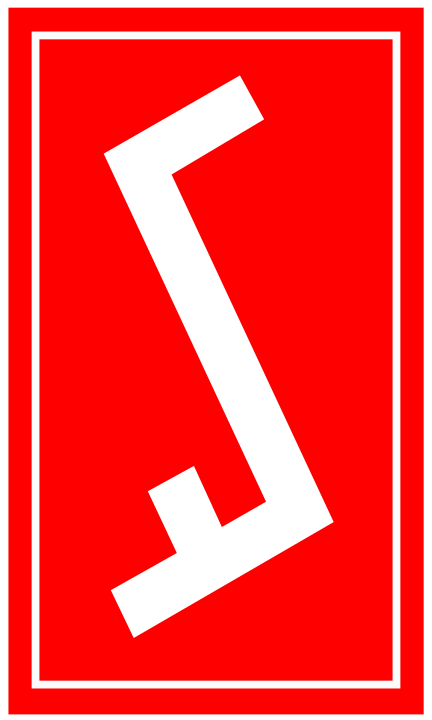
The sign of "Rodło" of the Association of Poles in Germany (Source: Wikipedia)
In 1921, Stanisław Sierakowski was elected one of two Polish deputies to the Prussian parliament from the official list of national minorities (the other was Jan. Baczewski). Sierakowski understood the necessity to unite the regional organizations scattered among the Germans and held talks in order to unite them. In August 1921, he participated in the congress of delegates of Polish regional unions, from which the Association of Poles in Germany (Związek Polaków w Niemczech) was formed. Stanisław Sierakowski became its first president and he held this position until 1928. The authorities of the Association of Poles in Germany looked for allies in other national minorities. In 1924, thanks to the efforts of Sierakowski and Baczewski, the Union of National Minorities was established, which included German nationals of Polish, Danish, Serbian, Frisian and Czech nationalities. Until 1934, the president of the organization was Stanisław Sierakowski. The media arm of the Association was a monthly magazine Kulturwehr purchased and published by the president, in which materials concerning national minorities were published and made public in the fight for their rights.
The palace in Waplewo was open to Polish patriots and was an island of Polish culture in the Junker Prussia. "Service and duty" have been a tradition for generations. From 1924, the owner of Waplewo represented the Polish minority in Germany in the League of Nations.
The monthly did not bring any income. Sierakowski financed numerous journeys, which he undertook for the purposes of political activity, with his own funds. After each trip, the family art collection grew richer, but the financial assets decreased. Sierakowski took out more and more loans from German banks.
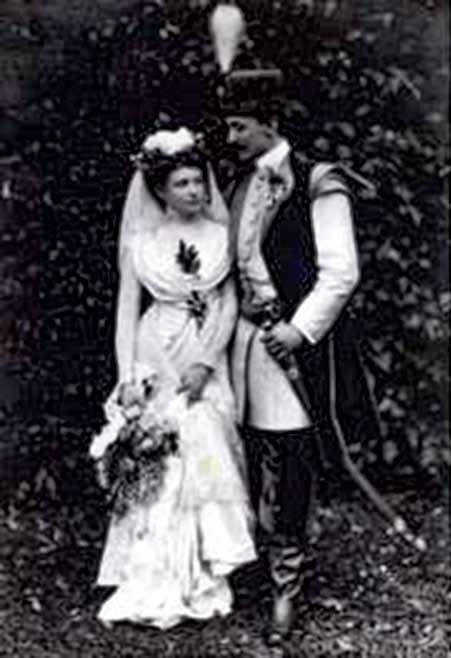
Wedding picture of the Sierakwoswki couple in 1910 (from the collection of Nobility Traditions' Museum in Waplewo Wielkie, a branch of National Museum of Gdańsk)
Helena Sierakowska supported her husband in his social work. As early as 1917, she headed a committee that collected donations to support the war-damaged population in Central Poland. She was also involved in the preparation of the plebiscite. After the defeat, she was actively involved in promoting education. It resulted in introducing Polish language lessons into 40 German schools in Powiśle. She organized 15 kindergartens attended by 650 Polish children. She applied for scholarships for gifted Polish youth, spread the readership of Polish books by organizing traveling libraries. The activity of the Sierakowski family was a thorn in the eye of the Prussian authorities.
In 1926, the German authorities in Kwidzyń (Marienwerder) ordered the Sierakowski family to leave the borders of the Reich. They did not obey this order, so they were being forced to do so by suffering economic destruction. Their activity brought about financial losses, so they took out loans against the land. In 1932, during the great economic crisis, a Berlin bank demanded the immediate repayment of 900,000 marks. Sierakowski was unable to pay off such a loan, so he lost a large part of the land. Thanks to loans from the Polish government, the Sierakowski property was not auctioned off and only half of it got into German hands, and some parts were bought by Poles. Only the palace and a few hectares of land remained in the owners' hands. When Hitler came to power, the Sieraków family moved to the estate inherited from their brother Jan Sierakowski, to Osiek. The Germans triumphed. The fortress of Polishness has fallen. "Der Turm ist gefallen” the newspapers reported about the fall of Waplewo.
Before the war broke out, the Sierakowski family transferred all their savings to the National Defense Fund. After the defeat of the September campaign, on October 20, the Gestapo arrested Stanisław Sierakowski. Soon, Helena visited her husband in the torture chamber in Rypin and did not return from there. Both were tortured before they died. Their daughter Teresa and her husband Tadeusz Gniazdoowski died with them.
During the war, the palace was the seat of the regional occupational authorities. The family art collection of the palace in Waplewo was stolen by the Germans in its entirety. After the war, the palace was turned into the seat of the state farm administration (PGR) and the National Center for Pedigree Breeding. In 1972, Waplewo was entered into the register of national monuments and in 2017, after renovation and conservation, the Museum of Noble Tradition and the Pomeranian Center for Contacts with the Polish Diaspora were opened in the palace.
The memory of Stanisław and Helena Sierakowski has not been lost. The Agricultural School Complex in Kisielice near Waplewo is named after Helena and Stanisław Sierakowski. The Primary School in Waplewo is also named after the Sierakowski family.
Translation from Polish by Andrew Woźniewicz.



